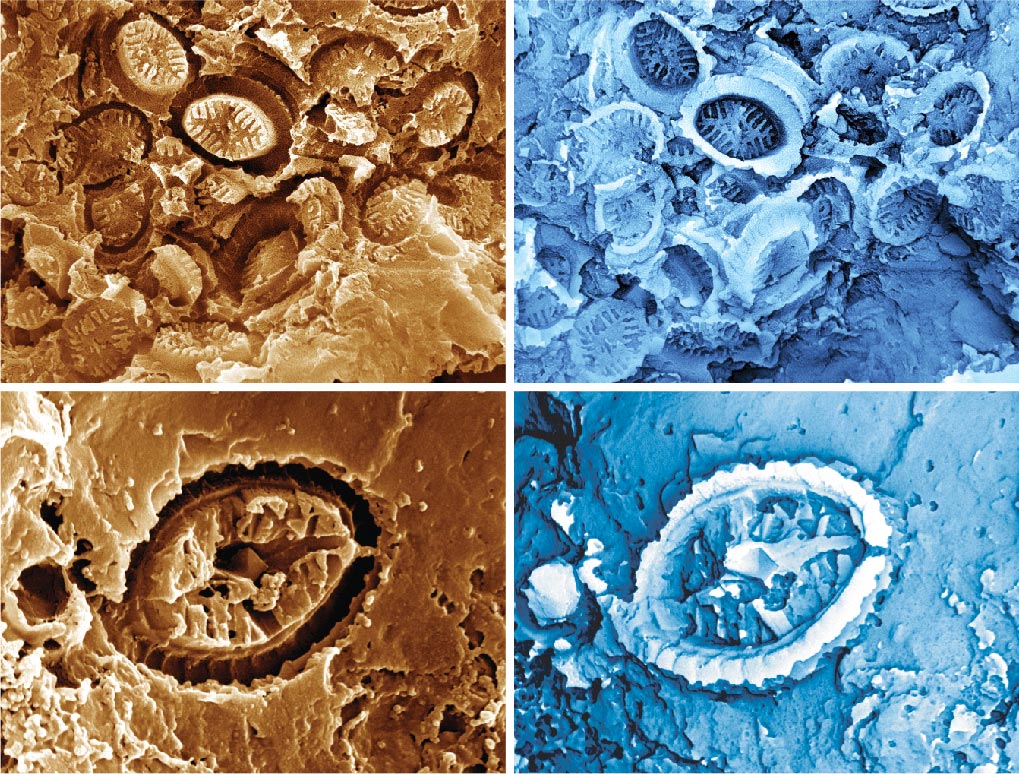
However, a study published today in the journal Science presents new global records of abundant ghost fossils from three Jurassic and Cretaceous warming events (94, 120, and 183 million years ago), suggesting that coccolithophores were more resilient to past climate change than was previously thought.
Sam Slater from the Swedish Museum of Natural History.
The ghost fossils formed while the sediments at the seafloor were being buried and turned into rock.Ghost nannofossils were found in rocks from global warming intervals where normal coccolithophore fossils were rare or absent.“These ghost fossils show us that sometimes the fossil record plays tricks on us and there are other ways that these calcareous nannoplankton may be preserved, which need to be taken into account when trying to understand responses to past climate change.”.
Ghost nannofossils were found globally, in rocks from three rapid warming events in Earth’s history (the T-OAE, OAE1a, and OAE2).The study focused on the Toarcian Oceanic Anoxic Event (T-OAE), an interval of rapid global warming in the Early Jurassic (183 million years ago), caused by an increase in CO2-levels in the atmosphere from massive volcanism in the Southern Hemisphere.The researchers found ghost nannofossils associated with the T-OAE from the UK, Germany, Japan, and New Zealand, but also from two similar global warming events in the Cretaceous: Oceanic Anoxic Event 1a (120 million years ago) from Sweden, and Oceanic Anoxic Event 2 (94 million years ago) from Italy.
“The ghost fossils show that nannoplankton were abundant, diverse, and thriving during past warming events in the Jurassic and Cretaceous, where previous records have assumed that plankton collapsed due to ocean acidification,” explains Professor Richard Twitchett (Natural History Museum, London).Sam Slater explains: “Our study shows that algal plankton were abundant during these past warming events and contributed to the expansion of marine dead zones, where seafloor oxygen-levels were too low for most species to survive
May 18, 2022May 18, 2022May 17, 2022